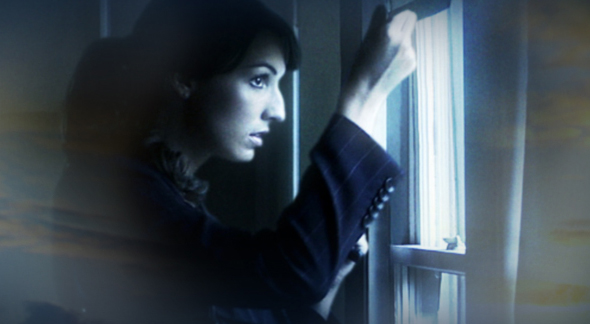
Many people are not only convinced that the environment is dangerous, but that it is steadily growing more so. For many, it’s more of a challenge than they feel up to.
The fact of the matter is, however, that the environment is made to appear much more dangerous than it actually is.
A great number of people are professional dangerous environment makers. This includes professions which require a dangerous environment for their existence such as the politician, the policeman, the newspaperman, the undertaker and others. These people sell a dangerous environment. That is their mainstay. They feel that if they did not sell people on the idea the environment is dangerous, they would promptly go broke. So it is in their interest to make the environment far more dangerous than it is.
The environment is dangerous enough.
At one time an idea was put forth that certain societies did not advance because the environment lacked sufficient challenge. One of those advancing the idea was English historian and philosopher Arnold Toynbee (1889–1975) who felt that areas such as Mexico did not progress for that reason. Toynbee’s idea on this, however, was born in an ivory tower environment, sitting in libraries reading books, but never going out and talking to any Mexicans.
So Toynbee pronounced with great conclusive exclamation points followed by innumerable university degrees, “The reason the Mexican does not succeed is he has insufficient challenge in his environment. The reason South America isn’t an up-and-coming industrial power is insufficient challenge in the environment. The reason the African has not progressed further in civilization is because his environment has insufficient challenge.”
What did Toynbee know of it? He spent all his time in the back end of a library, reading books written by men who had spent all of their days in libraries! That is no way to learn about life.
In the Philippines, for an added example, a bold, energetic white man arrives and he advises the native Igorots – a tribe which inhabits the northern mountainous region of the Philippines. He says, “If you will just cut a pathway from the village down to the river, then take a bullock cart down to the river in the morning and fill up a water tank and bring it back to the village, your women won’t have to be making that long walk to the river. You should engage upon this public works project at once.”
He becomes absolutely outraged that they don’t immediately act on his suggestion and he goes away, thinking, “Aha! Those people have insufficient challenge in the environment. Nothing for them to measure up to. No ambition. Not like us in the West – we have challenge in our environment.”
This man had challenge in his environment? Mama spooned Wheaties into his mouth, Papa wrote all the checks as he went through college and his way was paved in all directions with machinery and vehicles. His environment was already licked, so of course he could afford to be bold.
But what really is the environment of the Igorot as he sits by the fire, listening to the white man tell him how he has to cut a path to the river? This Igorot has a little boy, whom he loves very much, but he knows this little boy has only a slim chance of living until he is seven due to disease and bad food. He knows that when the rains come, they won’t just be pleasant light rains; they will flood every seed out of the ground and pound the fields to pieces but if he can salvage anything out of that, maybe he will live a few more months. He knows all he has to do is walk under the wrong tree and get hit by a poisonous snake, and that will be the end of him. In other words, he already knows he cannot live, so why try?
In other words, the challenge of the environment is absolutely overwhelming for many people.
But does this mean there is no challenge in the environment in the more “civilized” parts of the world? By no means. Consider the situation of a young artist from Terre Haute, Indiana, who moved to New York City. The casual observer might say that he moved because there was no challenge in his environment in Terre Haute. No, here again, the challenge was too much.
This fellow decided to become a painter in the first place because he couldn’t face working in the feed store with the same fellow who beat him up during kindergarten, beat him up during grammar school and beat him up in high school. The thought of having to work with this fellow every day was just too much challenge for him. So he became an artist, but nobody in Terre Haute bought paintings and nobody believed in what he was doing. He had no future there; he was facing continual starvation, he was unable to contribute to his community. That was a very hostile environment. So he moved to a friendlier one, Greenwich Village. He would rather starve to death quietly in Greenwich Village than be threatened to death in Terre Haute, Indiana.
We come to the conclusion, then, that any individual – whether white, black, red or yellow-if he has not been able to achieve his own destiny, must be in an environment that he finds overwhelming, and his methods of taking care of that environment must be inadequate to his survival. His existence is as apathetic or as unhappy as his environment seems to him to be overwhelming.
Why then would people go out of their way to actually make the environment appear more dangerous than it already is?